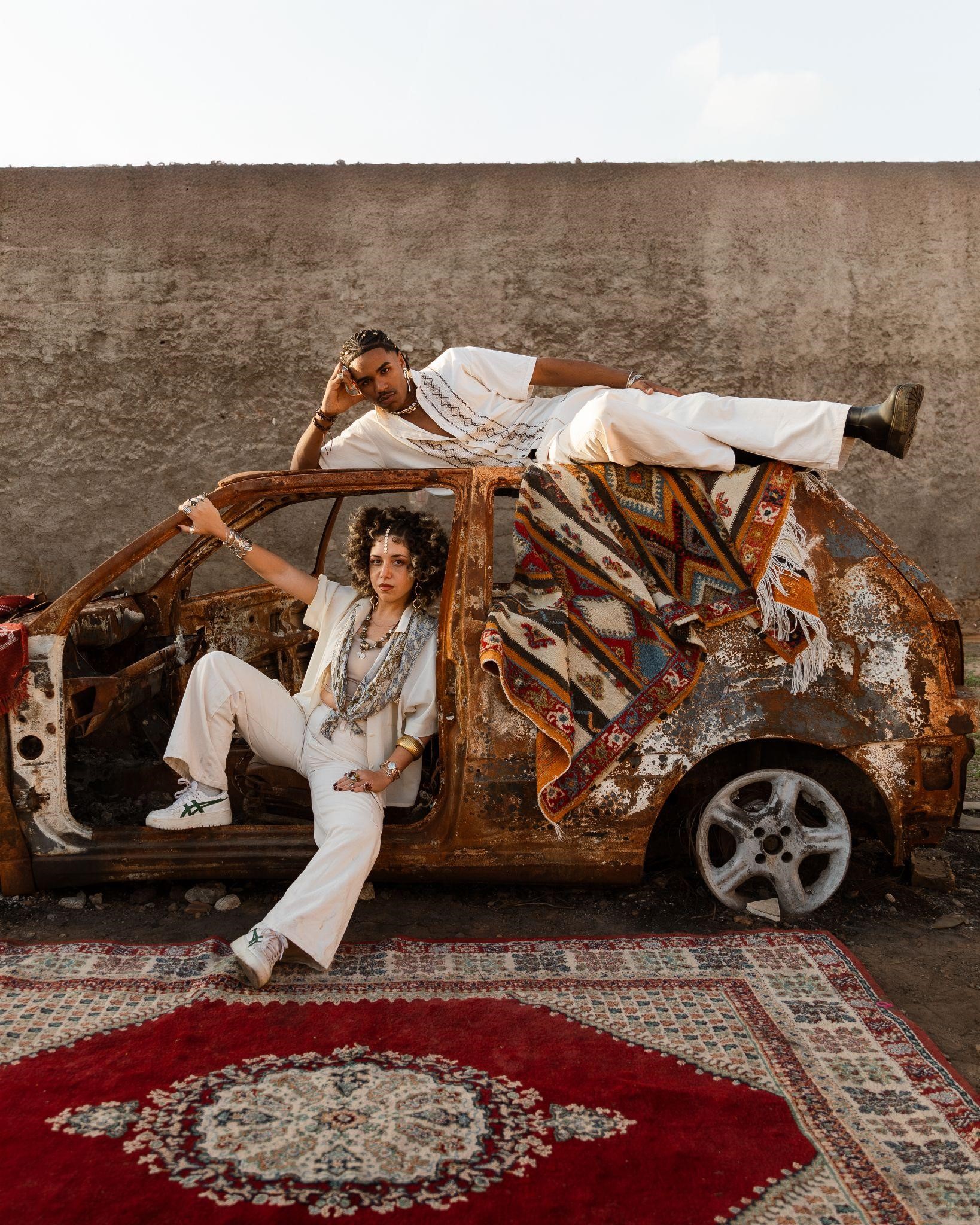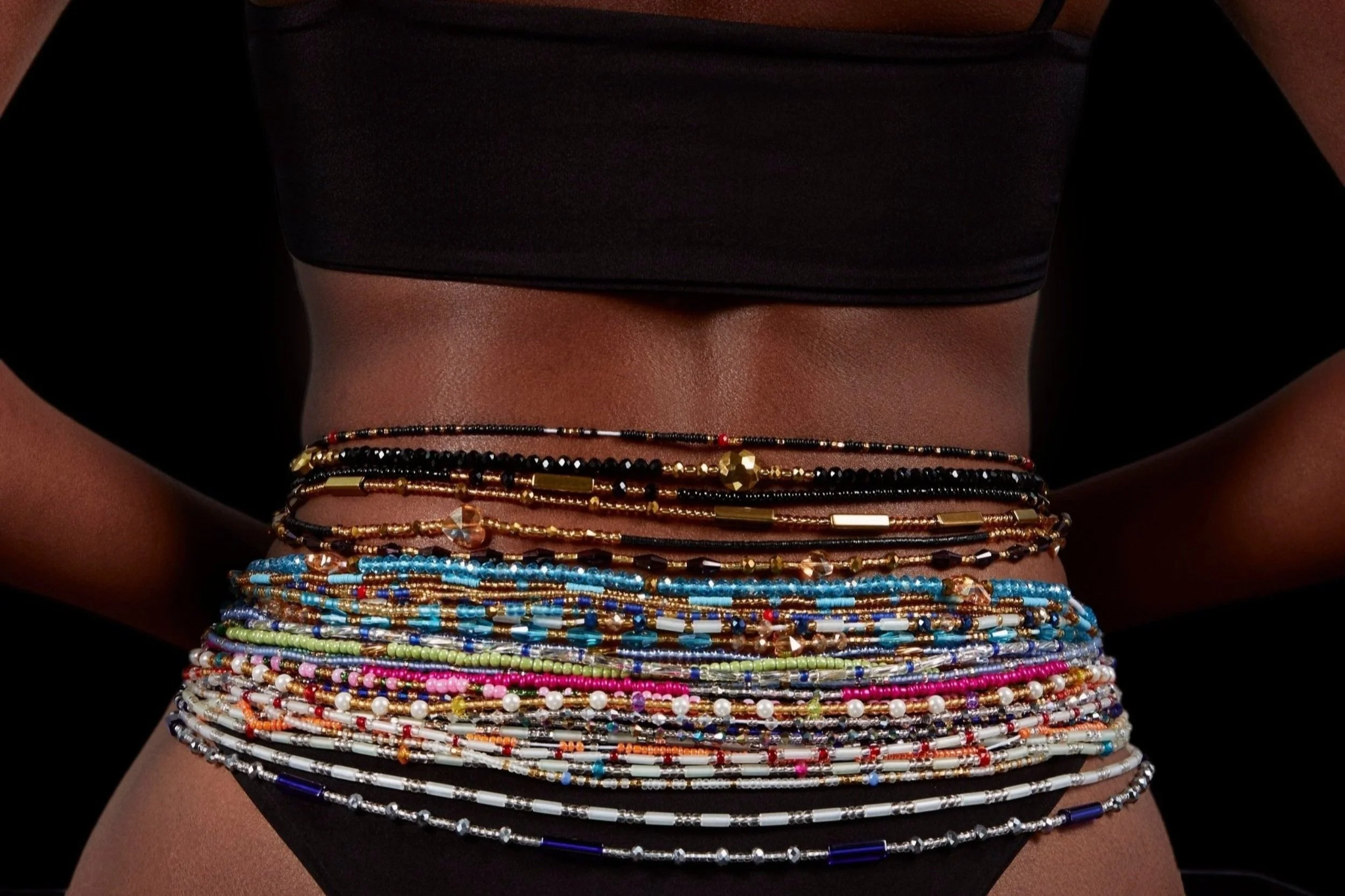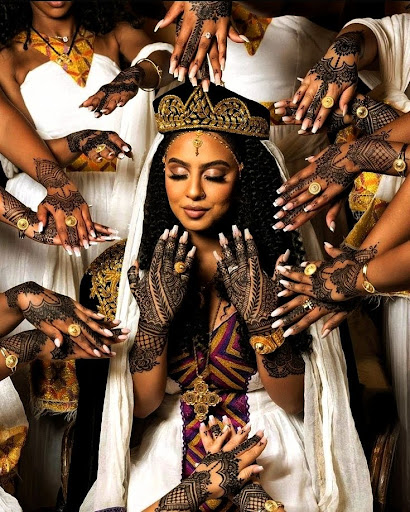
Sophia El Bahja: Through the Lens of Heritage and Modernity
Some photographers capture beauty. Others, like Sophia El Bahja, capture meaning. Her images are not just visuals but cultural statements intertwined with the textures of Moroccan streets, the colors of its fabrics, and the rhythm of its youth. Looking at her work, you feel the tug of heritage meeting the sharp edge of modernity, an intimacy that is at once familiar and daringly new. Born into an artistic household where creativity was less a pastime and more a language, Sophia grew up surrounded by concerts, festivals, and the hum of cultural life. That early exposure left her with a sharpened eye and a sensitivity to details others might overlook. Today, she uses her lens to tell stories that straddle worlds: fashion and art, tradition and innovation, Morocco and the globe. But Sophia is not simply photographing; she is reframing. Her work insists on ownership, pride, and bold self-expression. Every frame she creates asks viewers to look closer not only at Morocco, but at the power of photography to reclaim, redefine, and reimagine. Read Sophia talk about her beginnings, her vision, and why she believes African photography is entering its most exciting chapter yet. Tell us about yourself. Who is Sophia El Bahja, and how would you introduce your work in one line?I’m a Moroccan photographer driven by the desire to tell stories through images. I focus on fashion and artistic photography, passionate about blending heritage with modernity.In one line: I tell stories of culture, identity, and style through bold, timeless visuals that merge tradition with a contemporary edge. Where did your love for art and photography first begin? Was it a single moment, or did it unfold over time?It wasn’t a single moment; it unfolded gradually, almost like a thread that kept weaving itself into my life. I grew up in an artistic family, with both of my parents working in the Ministry of Culture. My childhood was filled with concerts, festivals, and artistic encounters that shaped my sensitivity to beauty and creativity. My father was also passionate about photography. I still remember the first time they bought me a camera during one of our travels; I started with vlogging and then slowly moved to taking pictures. Without realizing it, I was absorbing a way of seeing the world through images, even through phone photography, before getting my first professional camera. Later, in university, I began experimenting more seriously, and that passion truly took root. Take us back to your very first photoshoot. What was that experience like, and what did it teach you? My first photoshoot was both exciting and intimidating. I realized very quickly that it wasn’t just about taking pictures; it was about creating trust, building a story, and paying attention to every detail, from styling to light. It taught me that photography is as much about people and connection as it is about the technical side. That experience pushed me to start taking online courses to learn more about the technical aspects, which gradually became embedded in my work, sometimes without me even realizing it. If you had to describe your photographic style in three words, what would they be and why?Cultural, bold, mixed. Cultural, because part of my work draws on heritage, traditions, and identity, weaving them into modern contexts.Bold, because I like to experiment with strong visuals, contrasts, and striking compositions that immediately capture attention.Mixed, because my work lives at the intersection of many things; I mix culture and modernity, blend different photographic styles, and balance between raw, cultural visuals and editorial, creative ones. That mix is what makes my photography feel both personal and versatile. Who is your greatest icon in the photography world, past or present, and how have they influenced your work?I really love Jeremy Soma’s work! His photography encouraged me to be bolder in my own approach; to take risks, experiment with stronger visuals. Which story or project are you most proud of capturing through your lens? The project I’m most proud of is Marroki Export. It’s a bold and visually rich photo series that frames the Moroccan fashion industry through the lens of its youth. The project captures how a new generation confidently merges traditions with a contemporary edge. For me, it’s more than just fashion photography; it’s a statement about identity, pride, and how Moroccan culture continues to evolve while staying deeply connected to its roots. What do you want people to feel or take away after experiencing your photography?I want them to feel connected to their roots, to the stories of others, or simply to a moment of beauty. My hope is that my images spark pride, curiosity, and reflection. How does Africa shape the way you frame subjects? Are there themes, rhythms, or visual languages you lean on?Africa shapes everything. Especially Morocco. The textures of the streets, the patterns of fabrics, the colors of markets, and even the rhythm of daily life naturally seep into my images. There’s a richness and rawness that I can’t ignore, and I lean into it by highlighting details that others might overlook. For me, Africa is not just a backdrop; it’s a pulse that guides the way I compose, light, and narrate my work. Beyond the camera, what inspires your creativity? Books, music, travel, or everyday encounters? All of them play a role, but I’d say everyday encounters inspire me the most. Conversations with people, observing how they move, how they style themselves, how their environment reflects their story. That’s where my ideas are born. Travel feeds my eye with new aesthetics. But at the heart of it, it’s human interaction that fuels my creativity. Looking ahead, what excites you most about the future of photography in Africa? What excites me is the rise of a generation of African photographers who are reclaiming their own narratives. For so long, Africa has been photographed through an outsider’s lens, often reducing it to clichés. Now, we’re seeing bold, unapologetic, and innovative work coming from within, redefining how the world sees us


